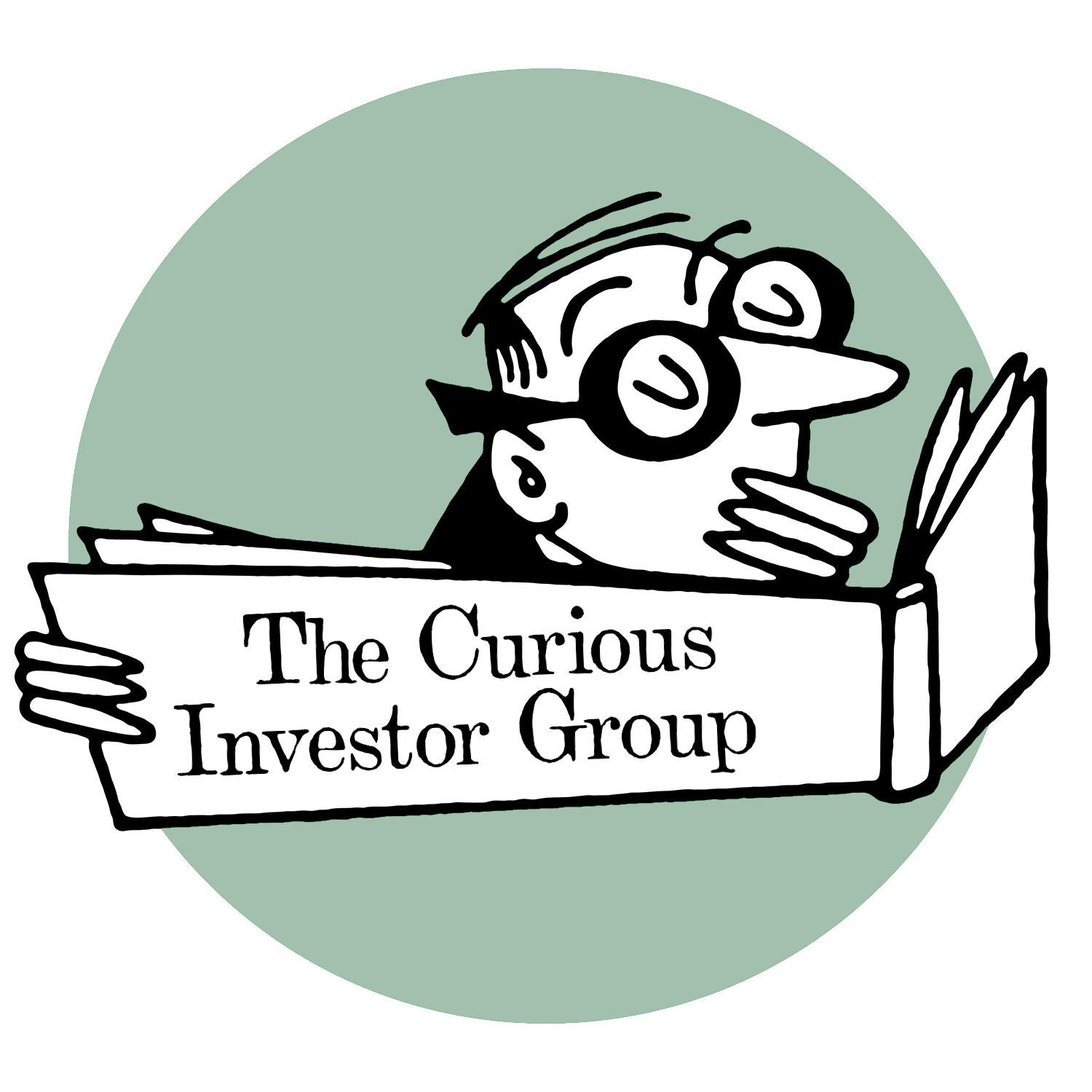When I started in real estate more than 25 years ago, nobody was really interested in listed property. At that time, I was a real estate equity analyst at ABN AMRO (later with JP Morgan), but few investors were keen to talk to me… Why would anyone buy listed real estate for a 10% return per year, when you could make 10%—or even up to 700% (!)—in a day with a Dotcom IPO? But then the Dotcom bubble burst—and a boom in listed real estate began.
Today, I see many similarities with those days. Now it’s all about AI, and once again, European listed real estate is being ignored. Since July 2016, the NASDAQ has quadrupled, while European listed real estate has generated a total return of around 0%. Adjusting for dividend payments, this means share prices are roughly 40% lower in real terms, with many stocks at five-year or even all-time lows.
Just like 25 years ago, there is M&A activity in the listed real estate sector, and more traffic lights are turning green: property stocks are highly discounted—often trading well below replacement value—benefiting from quality assets, generally strong balance sheets, and positive supply/demand fundamentals, while capital markets remain wide open.
Add to this the fact that many listed real estate stocks are either being ignored by fund managers due to their relatively small size, or are simply unknown due to limited research coverage (and if research is available, you often have to pay for it). It’s no surprise that this space has become a hunting ground for specialist property investors and real estate private equity firms. They see the true value on offer. One day, general equity investors will recognise it too—perhaps when the AI hype fades (in fact, when Deepseek was announced, European listed real estate was one of the best-performing sectors globally that day). A new era for European listed real estate may well be upon us.
But it’s wise to do your homework to pick the winners and avoid the losers—because the sector is cyclical and prone to high-profile casualties. This is where my book Real Estate Rules comes in. It explains twenty golden rules for successfully investing in (listed) European real estate, accompanied by fascinating anecdotes and case studies—for example, about Adler Group and intu.
One of the key lessons is to avoid investing in companies that can end up in what I call the ‘vicious downward spiral of doom’. These are businesses with structural issues: assets that aren’t future-proof, weak balance sheets, out-of-touch management, poor transparency, and misalignment (or no alignment) between shareholders and executives.
Once that downward spiral begins, things can go from bad to worse. Expect the unexpected: analyst downgrades (or suspended coverage), margin calls for leveraged investors, credit rating cuts, closed bond and equity markets (or worse—forced, deeply discounted equity issues), index exclusion, negative press coverage, poor earnings, lawsuits, distressed investors and short sellers entering the scene, regulatory scrutiny… once trust is gone, there’s no limit to the downside.
Take stocks with high dividend yields—they’re often among the worst future performers. The high yield is usually a sign of lower-quality assets, overleveraged balance sheets, and unsustainable payouts that leave little room for recurring capex. Spotting red flags is essential: lack of portfolio disclosure, hidden leverage, weak cash flow… or even something more subtle, like ‘cocky’ management behaviour, which was frequently the case before the Global Financial Crisis (2007–09). For instance, an analyst once visited a property company and saw a Godfather-style movie poster in the office. But instead of Marlon Brando and the title The Godfather, it had a picture of the CEO and read Der Dealmacher. It didn’t end well for that company.
In the end, the goal is to find companies that have their house in order and aim to optimise performance at all times—‘firing on all cylinders’. The more levers a company can pull, the more value it can create, and the higher the share price. These are the companies investing in real estate with strong supply/demand dynamics, compounding rents, and actively adding value. They don’t sleep on their assets—they ensure their real estate is beating inflation, not allowing rental income to collapse once a long lease expires.
But the analysis doesn’t stop there. Central bank and government stimulus can be game changers (as we’re seeing now with the German ‘bazooka’), and financing should be prudent. It’s extremely hard to deleverage in a downturn when the loan-to-value ratio is already above 50%. In addition, corporate governance should be top-notch, whilst management should continuously create value. Too often, they do not—or hide behind ‘thinking of all stakeholders’. But if, in the end, the share price is low, equity cannot be raised and the company cannot grow. It is stuck. Radical action is often required: change management, sell assets and return capital, or even liquidate. It is essential for the management team to build a track record and to have skin in the game.
And importantly: don’t skip the chapter on stock market principles. Time and again, direct real estate market gurus underperform in the listed space. The rules are different here! But whether you’re active in direct or listed real estate, always remember: many real estate legends made their real money by going contrarian when the investment case was sound—or by selling when everyone else was still buying. That may be especially true for listed European (including UK) real estate today.







